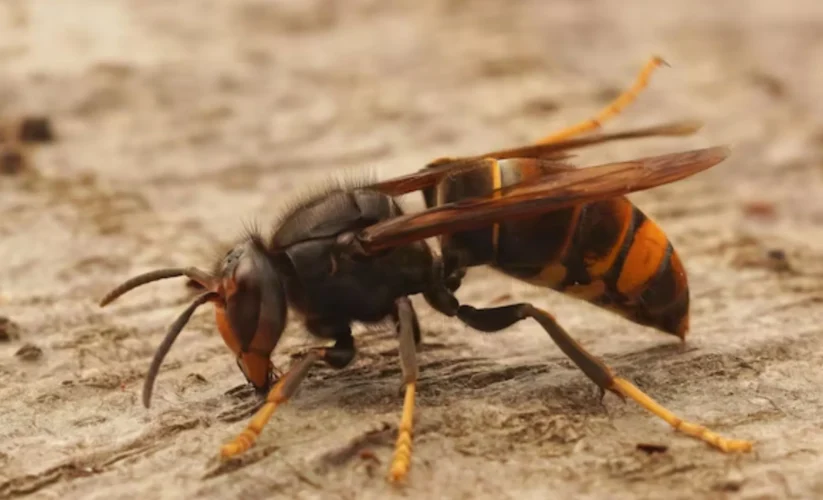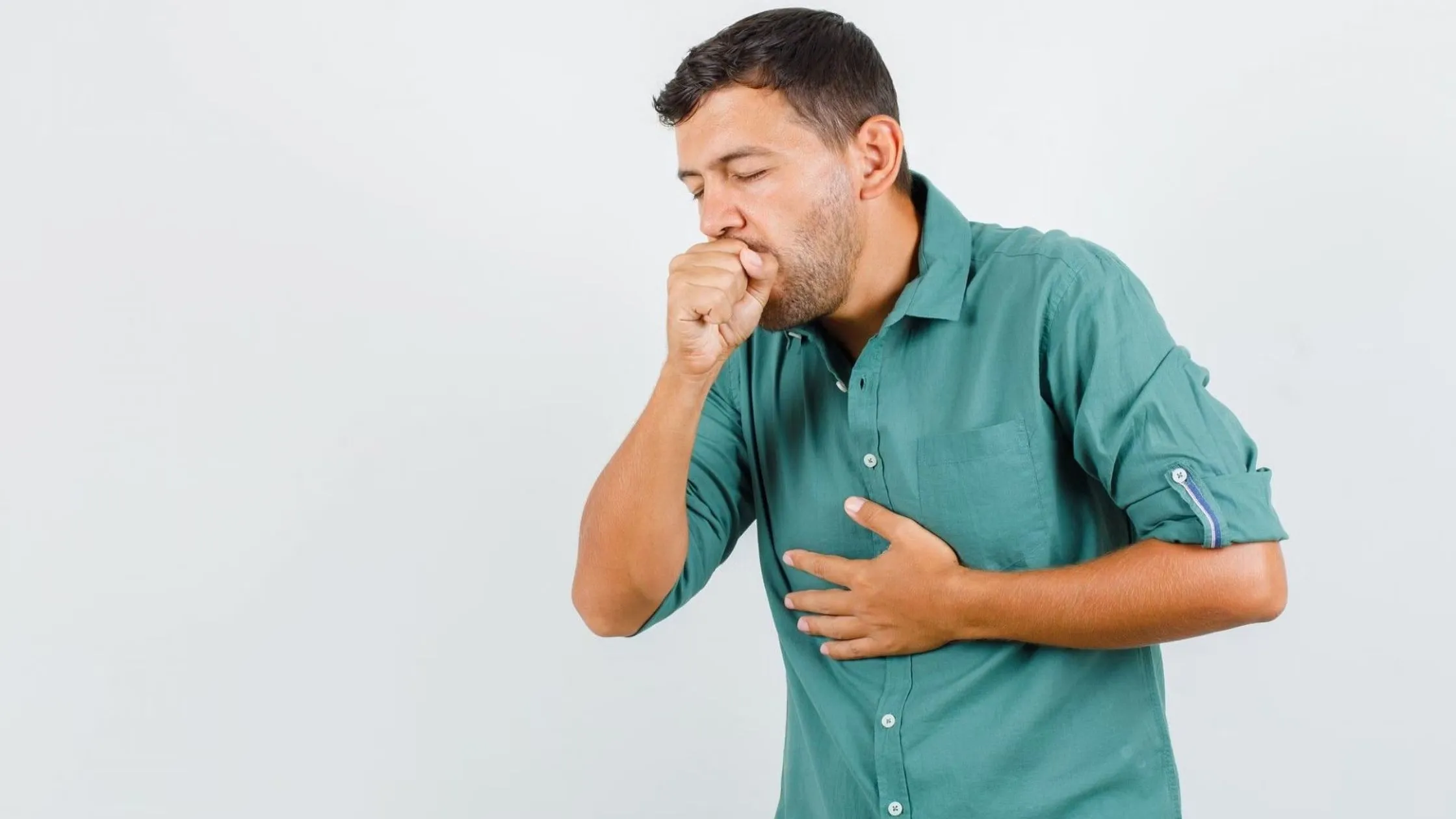
What Do Ground Hornets Look Like?
The ground hornets, whose scientific name is *Sphecius speciosus*, is one of the bigger wasps found in the United States and can grow up to two inches long.
Their bodies are black, with yellow markings that make them look like big versions of yellowjackets.
The color of their legs is yellowish, and they have wings that are reddish-orange or brownish. Ground hornets are not social wasps, living as solitary digger wasps who make individual underground nests.
This is a distinct characteristic of them, setting them apart from other wasps types like hornets in the genus *Vespa*. Hornets usually construct their nests above ground and show more aggressive actions.
Ground hornets will not sting you unless they feel threatened. This means that they are not very aggressive and are quite calm, despite their scary look.
The Life Cycle of Ground Hornets
Ground hornets have an interesting life journey with four steps: egg, larva, pupa, and adult. It all kicks off when a female ground hornet digs a hole in soft or sandy ground and lays her eggs on cicadas she’s caught. When the eggs start hatching, the larvae start eating the cicadas and grow super fast until they hit the pupa stage.
In just a few weeks, they turn into adults, usually showing up from late summer to early fall. Their busy time is linked to their life cycle. During the hot months, ground hornets are all over the place. The females are on the hunt for cicadas and busy building their homes.
As the weather gets cooler in fall, the adults die off, but their pupae are safe in their nests, chilling out for the winter. These pupae will wake up as new adults in the spring. Ground hornets have a yearly pattern: when it’s warm, they mate and lay eggs. After that, they slow down or go into a deep sleep during the cold, making sure they’re ready to come out when the cicadas come back, which is when they really hit their food game.
Where Do Ground Hornets Live?
Ground hornets prefer to build their nests in well-drained sandy soil. They enjoy sunny spots and often choose locations like flower beds, backyards, or along sidewalks. Their nests are tunnels that extend about 6 inches horizontally and go down to around 1.5 feet below the surface.
You’ll usually notice their nests by the large holes they dig about 1.5 inches wide and the dirt piled up around the entrance, which often looks like a horseshoe shape.
Ground hornets are common across the United States, from the East Coast to the West Coast. They’re considered one of the largest types of digger wasps in the country.
Signs of Infestation
Spotting the burrows and nesting sites of ground hornets is key to managing them effectively. These wasps usually build their nests in loose, sandy soil, often choosing sunny spots like flower beds or backyards.
Their nests have noticeable features: large holes about 1.5 inches wide, with a horseshoe-shaped mound of dirt at the entrance.
You can tell ground hornets are around if you see them flying low to the ground, entering and exiting these burrows, sometimes even carrying cicadas.
Though they often nest close to one another, each female takes care of her own burrow.
The Role of Ground Hornets in the Ecosystem
Ground hornets are also known as cicada killers, and are important for our local ecosystems. They do two key jobs: pollination and controlling cicada populations. When they gather nectar from flowers, they help plants reproduce by spreading pollen. This is crucial for keeping our environment diverse and healthy.
In addition to pollinating, these wasps hunt cicadas. They catch and paralyze them to feed their larvae. This hunting keeps the cicada numbers in check, preventing overpopulation. By doing both of these jobs, ground hornets help maintain a balanced ecosystem, supporting plant life and healthy insect populations, which is vital for the overall health of their habitats.
Are Ground Hornets Dangerous?
Ground hornets aren’t as mean as other wasps, but they can still give you a bad time if you mess with their homes. These hornets like to be on their own and usually won’t sting unless they feel like they’re in danger.
Since they’re big and have a strong bite, their stings hurt a lot and can even be deadly, especially for people who are allergic.
Ground hornets mostly use their stingers to protect their homes and catch cicadas, which is what they love to eat. They usually don’t attack unless they think something’s wrong, but they can get pretty mad if they think their nest is in danger.
Preventing Ground Hornet Infestations
To stop ground hornets from bothering you, here are some easy steps to follow. Start by regularly looking around your house for any hornet signs like holes or places where they might be living. It’s also crucial to keep your trash area neat. Make sure all your garbage cans are tightly shut and you get rid of any food scraps fast so they don’t come around for a meal.
If you want to keep hornets from building nests near your house, try keeping your yard neat by cutting back any plants that have grown too much and not putting flowers in places where they’re too close. Also, patch up any holes or cracks around your house’s outside, like by windows or on the walls, to keep them from finding a good spot to make their home.





